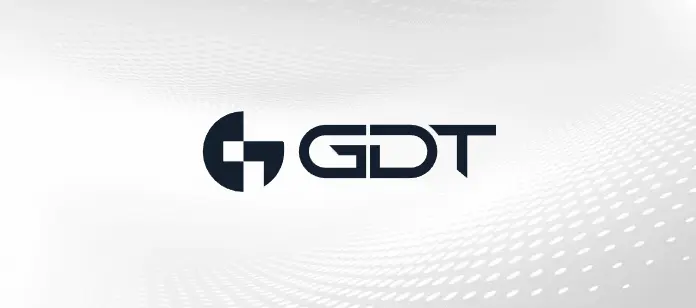Hyperconvergence has been getting a lot of press in the last few years, and rightly so. It provides pretty much everything that legacy IT infrastructures don’t―flexibility, scalability and simplicity. It enables, in a single system, the management of equipment to handle a wide range of workloads, such as database management, collaboration, packaged software, such as SAP and Oracle, virtual desktop, analytics, web servers, and more. It’s software-defined, which is another way of saying quicker network provisioning, more control and visibility, and less downtime.
Cisco Hyperflex
HyperFlex, Cisco’s answer to hyperconvergence, is being successfully utilized by a wide range of industries. The following are a few of the many ways in which organizations of all sizes are enjoying Cisco HyperFlex:
Virtual Desktops
There was a time, not too long ago, when companies couldn’t pull the trigger on a virtual desktop solution due to the high upfront costs. Sure, they loved the idea, but just couldn’t make it fit into their budget. Hyperflex not only addresses the prohibitive cost issue, but does so by successfully tackling another one that organizations investigating a virtual desktop infrastructure (VDI) were faced with―complexity.
Branch of Remote Offices
Whether through organic growth or due to a merger or acquisition, one thing is certain―your organization’s IT needs today will soon look different. So whether growth includes more employees, more locations, or both, HyperFlex allows for an easy way to deploy hardware wherever it’s needed while being managed from a central location.
Server Virtualization
With HyperFlex, virtual server resources can be reallocated as needed to address the changing demands on storage, compute, and networking. Legacy systems require different approaches to each (see Complexity).
DevOps
Developers are always under the gun to rapidly roll out solutions to address ever-evolving business needs. Without hyperconvergence, however, their job to do so is much more taxing, as hardware provisioning needs to be separately considered for storage, networking, virtualization and compute. This is exacerbated because Agile project management and development requires regular, on-going testing and remediation. With Cisco HyperFlex, virtualized hardware can be easily configured to accommodate frequent revisions and testing.
Cisco HyperFlex provides Software-Defined…
…Compute. Cisco’s Unified Computing System (Cisco UCS) is the foundation on which Hyperflex is built, and provides an easy, single point of management so resources can be easily adjusted to address the shifting needs of businesses.
…Storage. Cisco’s HyperFlex HX Data Platform software is a super high-performance file system that supports hypervisors (Virtual Machine Monitor (VMM)) with optimization and data management services.
…Networking. Cisco’s UCS provides a highly adaptive environment that offers easy integration with Cisco Application Centric Infrastructure (Cisco API), which is Cisco’s software-defined networking (SDN) solution that delivers hardware performance with software flexibility.
Call on the experts
To find out more about Cisco HyperFlex and what hyperconvergence can do for your organization, contact GDT’s hyperconvergence experts at SolutionsArchitects@gdt.com. They’d love to hear from you.



